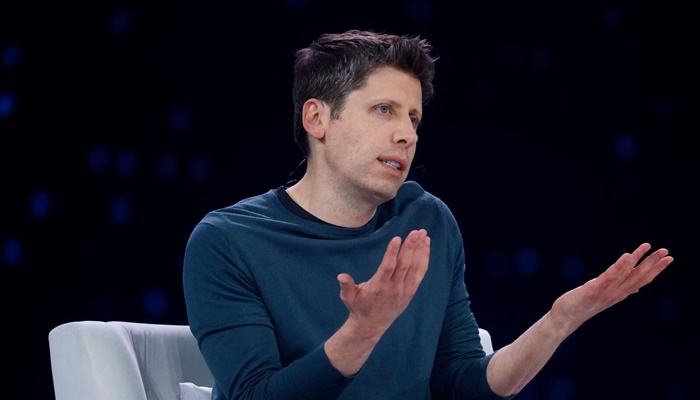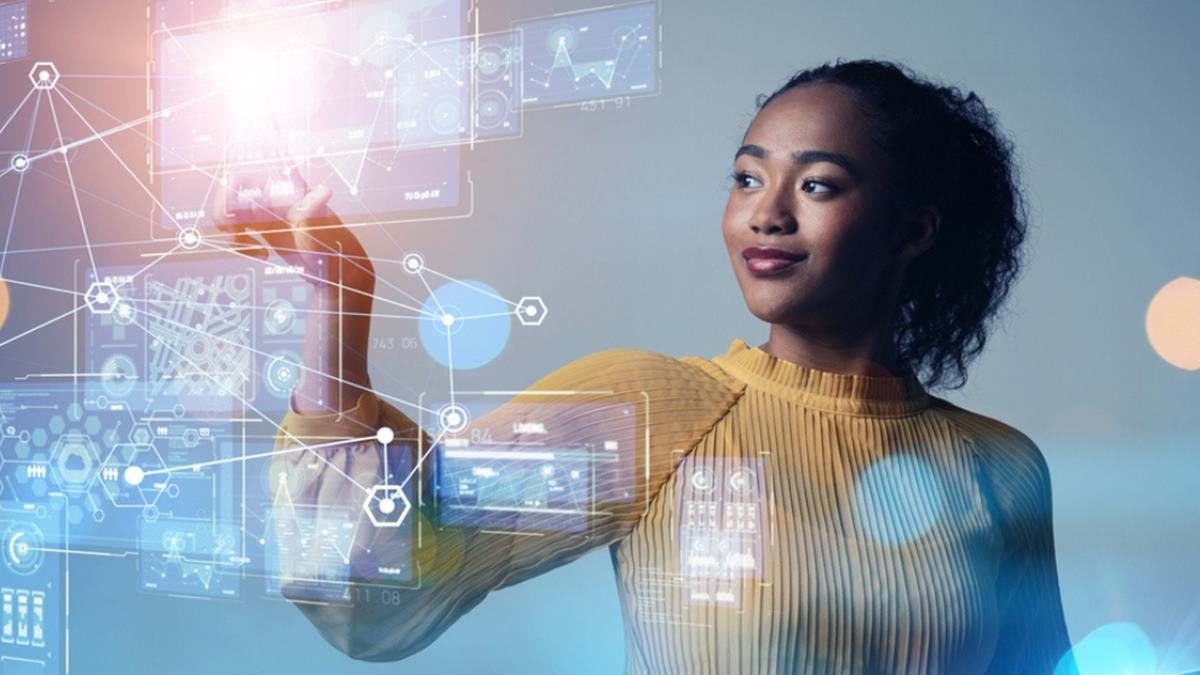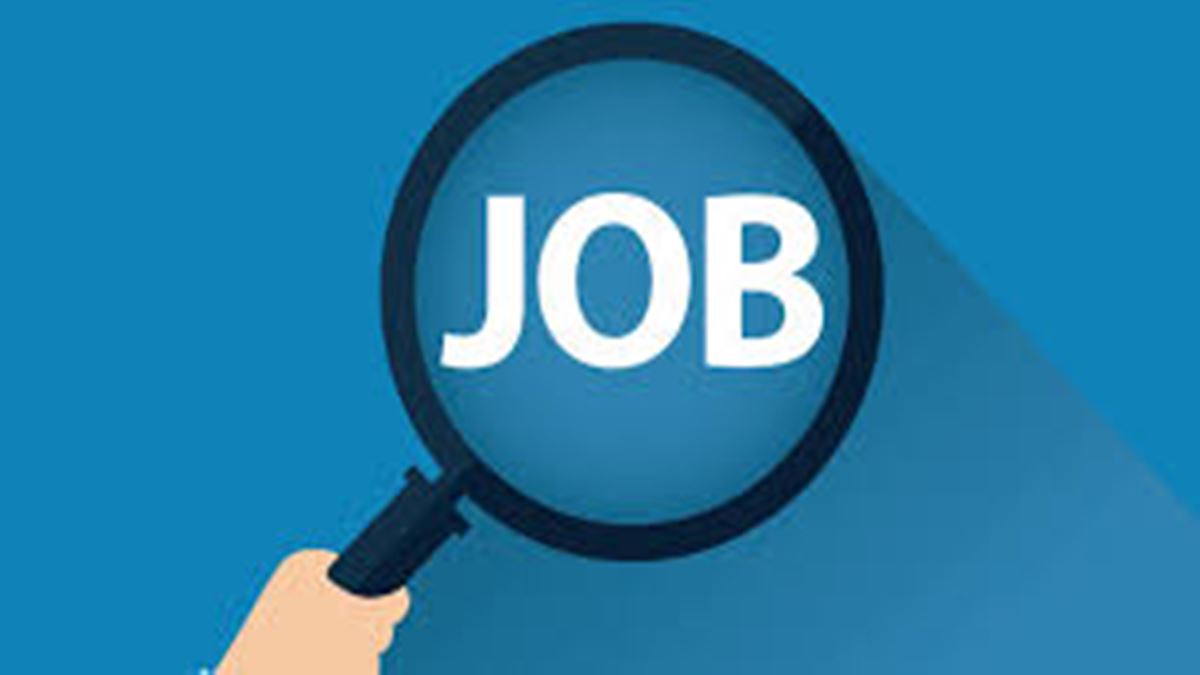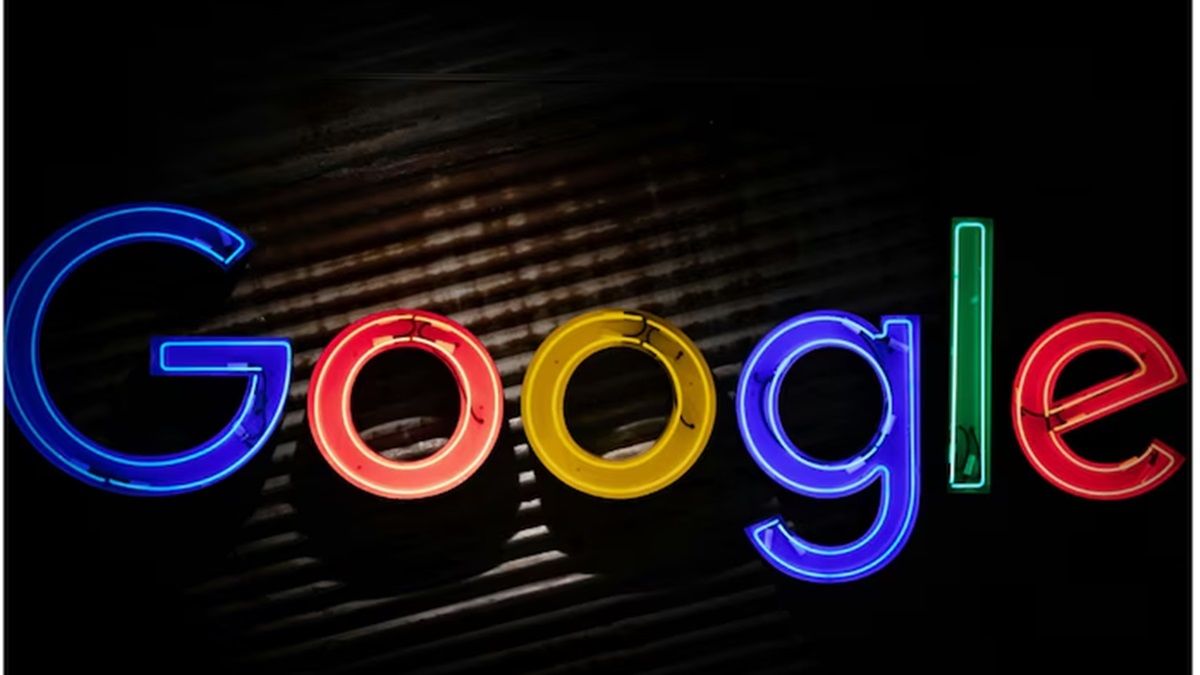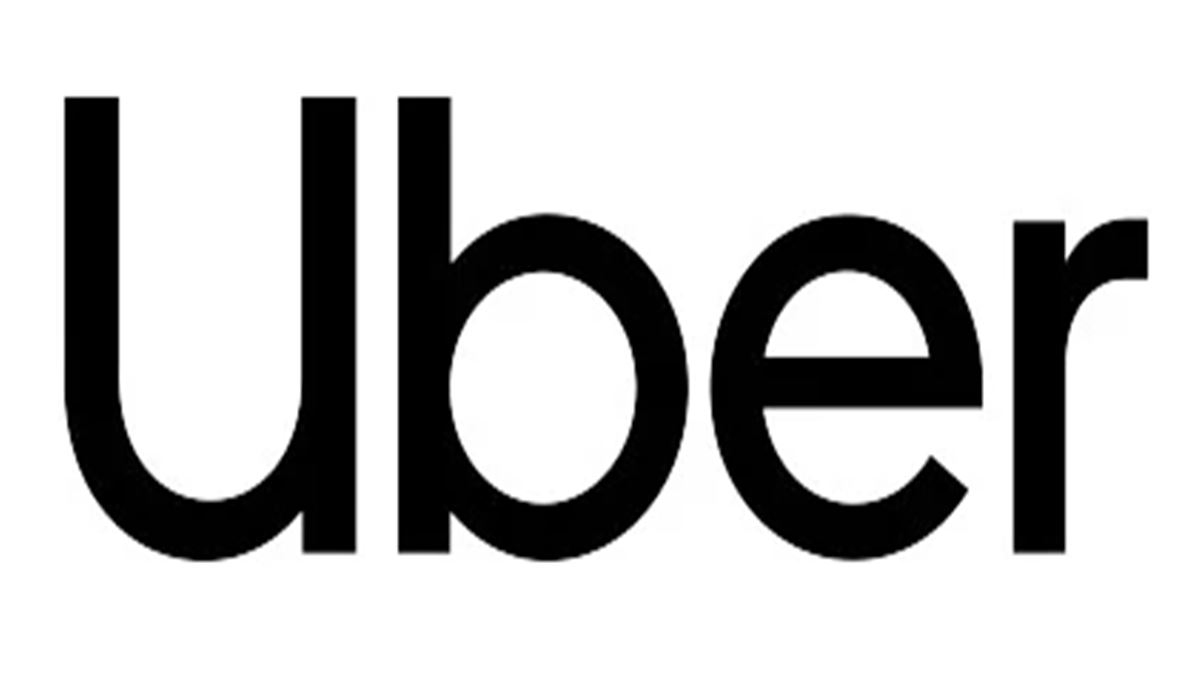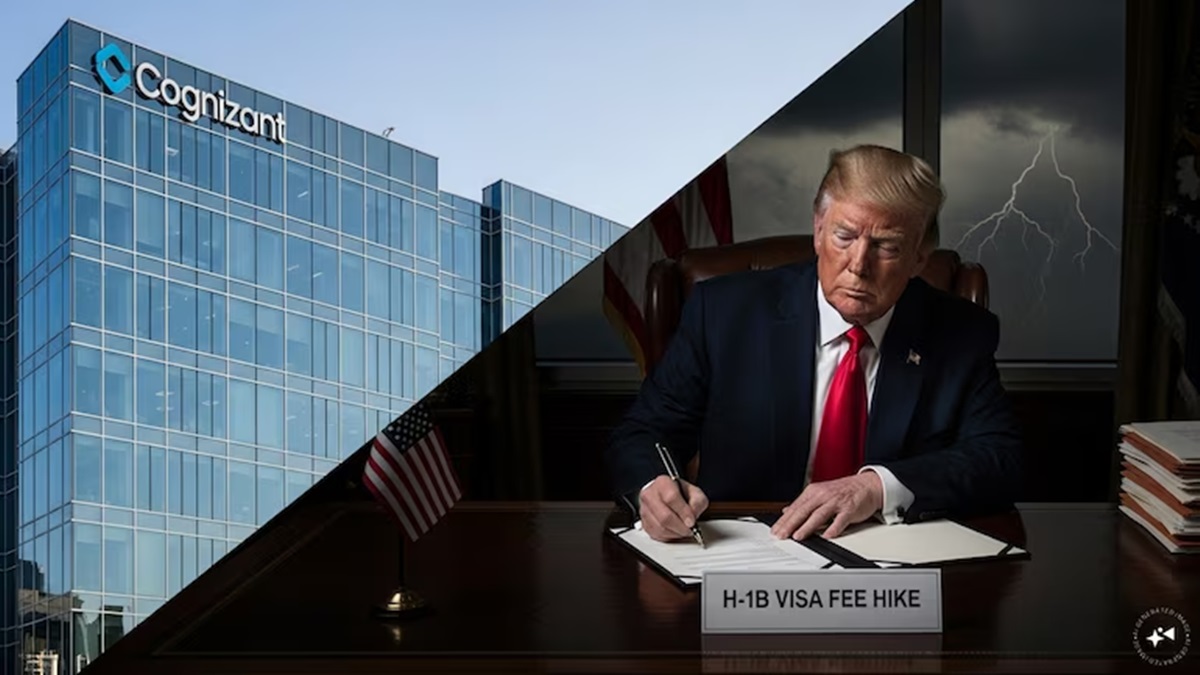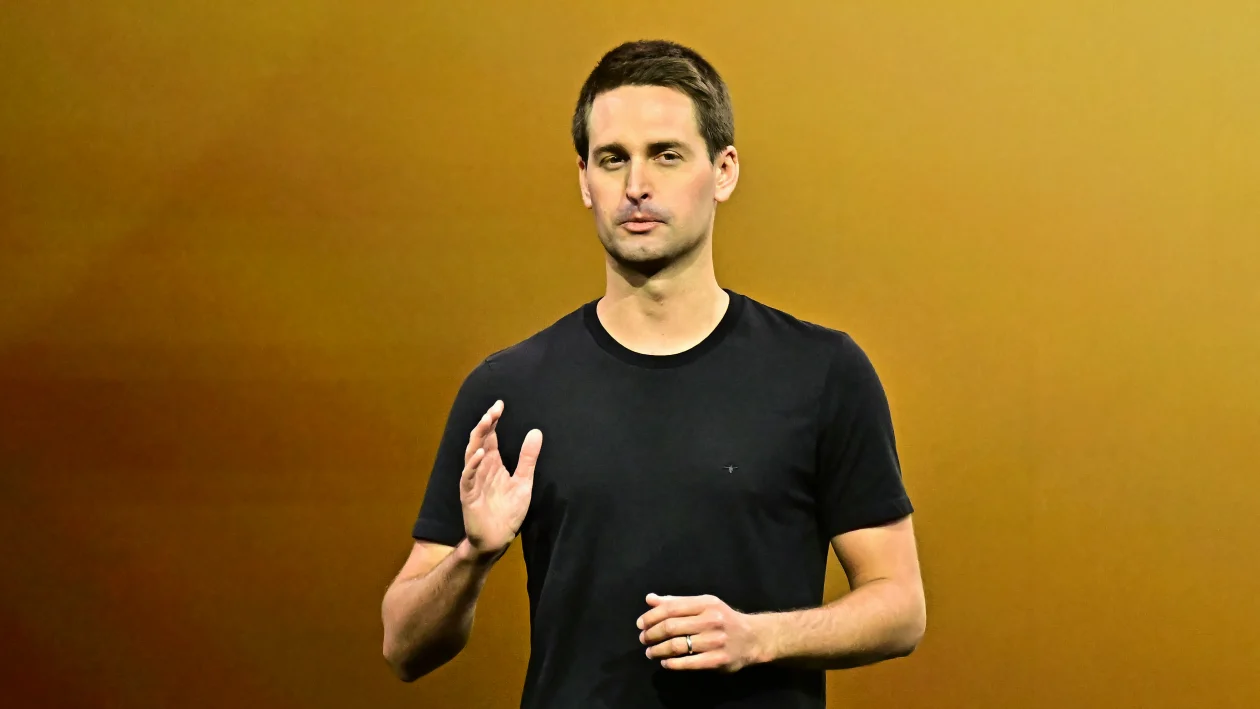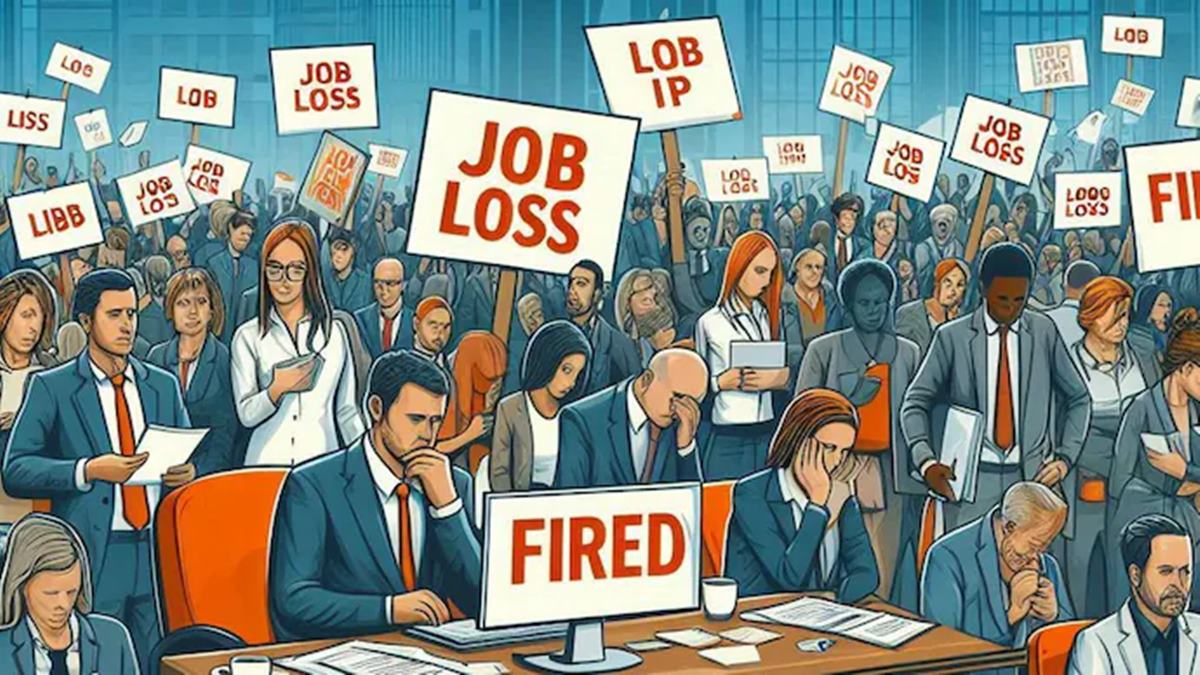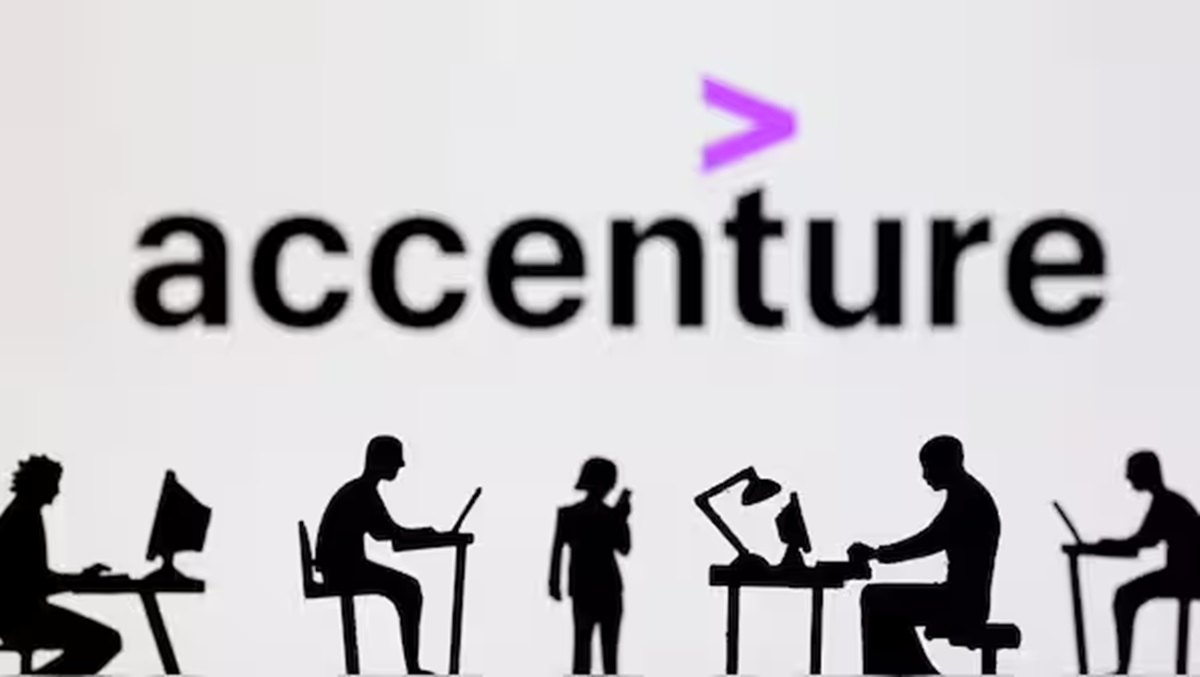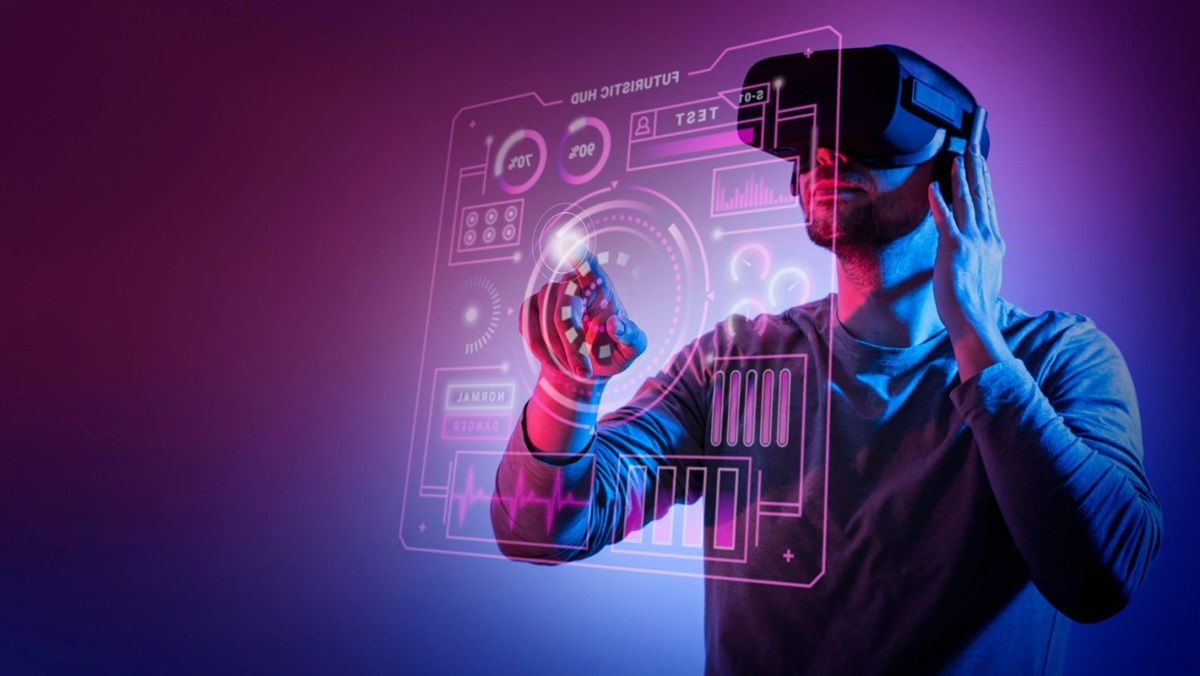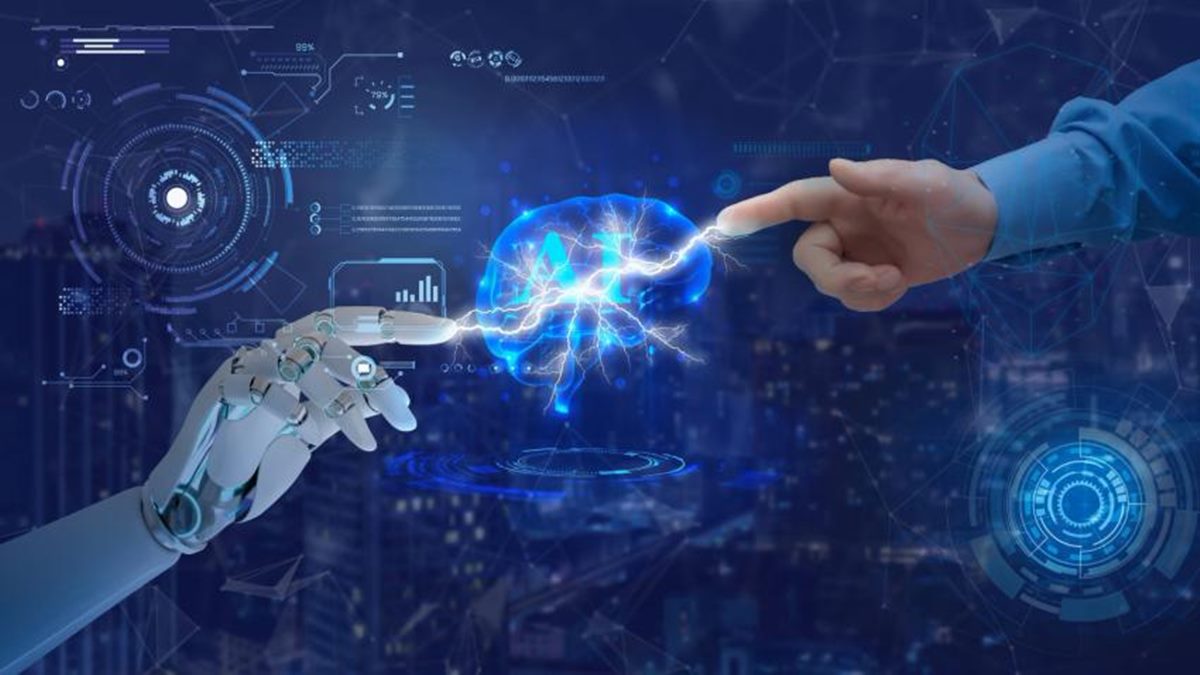By the 1950s, Peter Drucker introduced “management by objectives” for knowledge workers—people whose output couldn’t be measured in widgets per hour. Organizations adapted with annual reviews, forced rankings, and bell curves. If Taylor’s workers were measured in seconds, Drucker’s were measured in years.
This episodic model persisted for decades. HR departments refined it with competency frameworks, 360-degree feedback, and increasingly sophisticated rating scales. But the core assumption remained: evaluate people periodically, rank them against peers, reward the top, manage out the bottom.
Then AI entered the workplace. Not as a replacement for human judgment, but as a mirror that could finally show us what we’d been missing. The technology revealed something uncomfortable: the problem with performance management was never the process. It was us.
When you tell someone “Can I give you some feedback?” their nervous system responds the same way as if they’re being followed in a dark alley. That biological fact—not bad software or unclear goals—is why performance management has never worked as intended. We built entire systems around conversations that trigger fight-or-flight responses. We created rituals that require humans to do things they’re psychologically wired to avoid.
AI doesn’t solve this by automating the annual review. It solves it by eliminating the psychological barriers that made honest feedback impossible in the first place.
I spoke with five C-suite executives whose companies are rebuilding workplace culture from the ground up: Tom Pickett, CEO of Headspace; Sarah Franklin, CEO of Lattice; Cristina Cordova, COO of Linear; Brian Crofts, Chief Product Officer at BambooHR; and Guy Dassa, CTO of 15Five. Their companies span mental health platforms, project management tools, and HR tech, but they share a common insight: AI isn’t just automating tasks—it’s fundamentally reimagining how organizations develop their people.
What emerges from these conversations reveals five shifts that separate organizations building for the future from those clinging to models designed for factory floors and corner offices.
1. AI Removes The Psychological Barrier That Prevents Honest Feedback
The biggest obstacle to workplace performance isn’t skill gaps or unclear goals. It’s that humans systematically avoid difficult conversations because confrontation triggers a threat response. This “honesty tax” costs organizations more than any process inefficiency.
Crofts at BambooHR describes the mechanism with clinical precision: “When you come up to somebody and say, ‘Hey, can I give you some feedback?’ it triggers the same fight-or-flight instinct as a person walking alone in an alley hearing footsteps behind them. That’s horrible.”
The breakthrough isn’t teaching people to overcome this fear—it’s removing the social threat entirely. “If you outsource that to an objective third party that is contextually aware of what you’re going through, it actually solves a really big problem,” Crofts explains. “When it’s an AI, you don’t have to worry about trust as much because you’re not being vulnerable to another human.”
Franklin at Lattice discovered this principle personally: “While I may be afraid to ask a question for fear of looking stupid in front of my peers, that fear is not something I have to a non-human entity. I just went to ChatGPT and said, ‘Roast me.’ In your privacy, you can laugh at it.”
Pickett at Headspace sees this same dynamic eliminating stigma in mental health contexts where people historically avoided seeking help. “We found that some people prefer talking to somebody who’s not a human. They’re more open talking to something that’s not a human,” he explains. The entry point changes everything: “You’re not saying ‘I’m going to a therapist’ or ‘I need to learn meditation’—you’re just saying ‘I want to talk about something.’ That conversational AI is the pathway.”
The strategic insight: AI doesn’t just deliver feedback better. It creates psychological safety that makes human honesty possible. When the fear of judgment disappears, truth becomes the default.
2. Contextual Intelligence Matters More Than Annual Assessments
Traditional performance management evaluates people against generic competencies through episodic check-ins. AI-powered systems understand something more valuable: the complete network of work, relationships, and growth that reveals actual performance in ways human cognition simply cannot process.
Franklin at Lattice frames the fundamental limitation: “We have context and data around an employee. The more that we integrate with other systems—whether they’re systems of record or where functional work is done, like a CRM or source code repository—we have that context. That’s more than a human brain can absorb. The AI can absorb so much more context and really filter through so much more nuance in what’s happening than I can as a person.”
Crofts at BambooHR connects this to why performance management has always been so difficult: “The most complicated system in the world to manage is your people system because they’re different every day. They’ve got emotions and they interact with each other. Finally, we’re able to start to imagine a system that can represent the complexity that we are as humans.”
Dassa at 15Five sees this eliminating the manual work that made comprehensive assessment impossible: “We have a platform with performance reviews, engagement surveys, check-in data, one-on-one data, goals and OKRs. There’s no reason why we cannot put AI to use to generate a summarization of what you accomplished in the past year instead of the manager having to do the legwork to figure out what this person did.”
Organizations that build contextual intelligence about their people—not just performance data, but the full ecosystem of their work—can make development decisions that credential-focused competitors simply cannot see.
3. Continuous Development Replaces Annual Evaluation
The most profound shift isn’t technical—it’s temporal. AI enables continuous processes that make annual or quarterly rituals obsolete, transforming performance management from retrospective judgment into real-time development.
Dassa at 15Five states this most directly: “We strongly believe in helping make company outcomes a continuous process. It will not be a one-time event every year or twice a year. We have all the right technological tools to do these things continuously and give you real-time feedback on how every person is doing, what they need, and the tools to course correct. That’s where we’re moving as an industry.”
Franklin at Lattice sees this enabling a fundamentally different approach to development: “What we’re doing is really giving people superpowers to see through walls and understand nuance and communicate effectively—offering the right communication to nail that manager-employee growth opportunity.”
Pickett at Headspace connects this to making support accessible exactly when people need it: “I’m actively finding ways to create more of a free experience to get our empathetic AI companion out there to more people. If you’re competing with chatbots, you have to have something that’s easily accessible. The number of people using ChatGPT for mental health is clear evidence this feels like a stigma-free path for people to engage and learn.”
Crofts at BambooHR identifies where the infrastructure shift happens: “The proactive side is an area that’s really ripe for disruption. How do you ask specific questions to a specific person and collect that information, that feedback, in a personalized way? You know what to ask and when to ask it. That data becomes something you can use to create a picture to the manager of how things are going.”
The revolution: Continuous measurement doesn’t just happen more frequently. It transforms measurement from evaluation into development, from judgment into coaching, from annual ritual into daily practice.
4. Exceptional Small Teams Beat Average Large Teams
As AI handles routine work, organizational structure becomes a strategic variable. The pattern emerging: don’t build bigger teams—build smaller, more capable teams where each person has dramatically more leverage.
Cordova at Linear demonstrates this at striking scale. At just 90 employees for a Series C company: “We’ve chosen to keep teams really small and highly autonomous. That really focuses the company on clarity and ownership, reduces coordination overhead, and ensures when you work on something, you see the direct impact.”
But small only works if you’re exceptional. “We have an insanely high bar for hiring, more so than any company I’ve been part of,” Cordova explains. “Rather than feeling pressure to fill roles because we have a need, we’ve really focused on trying to find the best people we possibly can. Cultural dilution is much harder to undo than just the alternative, which is slower short-term progress.”
This requires patience that contradicts startup urgency. “Over half my marketing team is ex-Stripe. I had to pull them away from what was a great company doing incredibly well. None of these people took my first ask or said yes right away,” Cordova describes. The recruiting itself becomes a competitive advantage.
The philosophy shapes everything about how the organization operates. “We’ve always been very deliberate about culture being a lever for scale, but not necessarily a byproduct of it,” Cordova explains. “We’re transparent about how the business is doing—the metrics, our performance, understanding what’s working well, what’s not. If we lost a big sales deal, why did we lose it?”
The principle: When AI augments capabilities, you need fewer people—but those people must be significantly more capable. This isn’t cost-cutting. It’s performance multiplication.
5. Manager Capability Is The Universal Bottleneck
Every executive identifies the same constraint: manager capability determines organizational performance more than any other factor. Yet organizations systematically fail to develop it.
Crofts at BambooHR names the pattern: “You take somebody from your ICs who’s doing an incredible job crushing it, stop them from doing what they’re doing, put them into a role they have no idea how to do, and expect them to crush it from day one—and there’s no training, there’s no guidance. People quit managers more than they quit companies.”
The universality is striking. “Every company says ‘What’s a weakness of ours?’ and you always say ‘manager capabilities,'” Crofts continues. “You should be able to scale your HRBP folks by taking a lot of this off their plate and better enabling your managers to have better conversations.”
Dassa at 15Five sees this as the core strategic opportunity: “A major problem that managers have is that they have flatter organizations and more direct reports. They don’t meet with their team members enough to have meaningful conversations where they can really listen to what their employees need.” His entire platform strategy centers on this: “We’re focused on the manager. Through managers we can improve company outcomes significantly.”
The economics of coaching previously made universal development impossible. Companies pay hundreds of thousands of dollars for their top executives to maybe get a coach so they don’t say something wrong in an all-hands. But that doesn’t scale. What scales is having an AI coach for every employee that helps you be a great manager.
Franklin at Lattice learned that technology alone doesn’t solve this—it requires change management: “People are so fixated on technology, where this is really a people change management challenge. People are afraid of it. While we bring AI into the workforce, we also need to hold ourselves deeply accountable for what the AI is doing and why.”
The unlock: AI makes personalized, continuous manager coaching economically viable for the first time. Organizations that develop better managers faster will compound that advantage quarter after quarter.
What This Means For Leaders
These five shifts aren’t isolated improvements—they’re interconnected elements of a fundamental transformation in how organizations develop their people.
Franklin at Lattice captures the responsibility this creates: “I deeply believe that while we bring AI into the workforce, we also need to hold ourselves deeply accountable for what the AI is doing and why. The AI should not be allowed to go rogue and unchecked. People that say ‘suppress emotion’ are walking away from humanity instead of embracing it and looking at how it can make you stronger.”
Dassa at 15Five acknowledges the timeline: “Even if the technology is right there, it’s still going to take time because there is readiness of the people in this industry to take that step and abandon old habits. But performance management will likely be AI augmented and continuous. That is where we’re heading.”
Pickett at Headspace identifies what makes transformation sustainable: “We’re very cautious about safety. We’re not just going to throw stuff out there that we’re worried about. Even though we have a big mission and need to work hard to achieve it, you have to find the right balance.”
Cordova at Linear offers the operational model: “We share a lot of context widely so people can make decisions quickly and independently without necessarily needing to loop in someone above them. That’s meant fewer approvals, more speed, higher accountability when something inevitably goes wrong.”
Crofts at BambooHR frames the human outcome: “If you have a big mission, you’re going to be in a position where you have to do a lot of work to achieve that mission. But flexibility in terms of how you get the work done is very important for people’s mental health.”
The question isn’t whether AI will transform workplace culture. These five executives and hundreds of others are already building that future. The question is whether your organization will lead this transformation or be disrupted by it.
As Franklin puts it: “We’re not trying to introduce AI because of technology—we’re introducing AI because we think it will help create a better solution for people.”
That distinction—AI for human development rather than human replacement—separates organizations that will harness AI’s potential from those that will stumble through its adoption.
